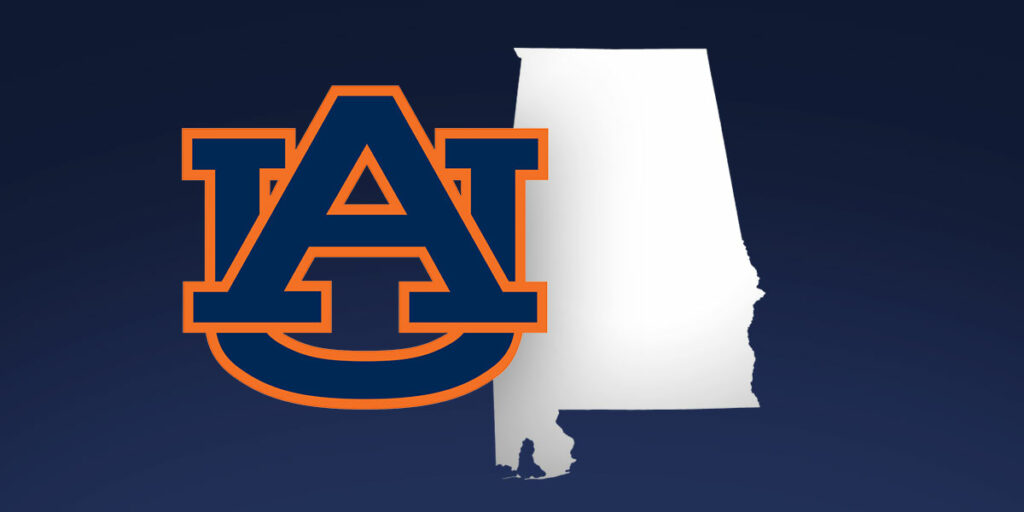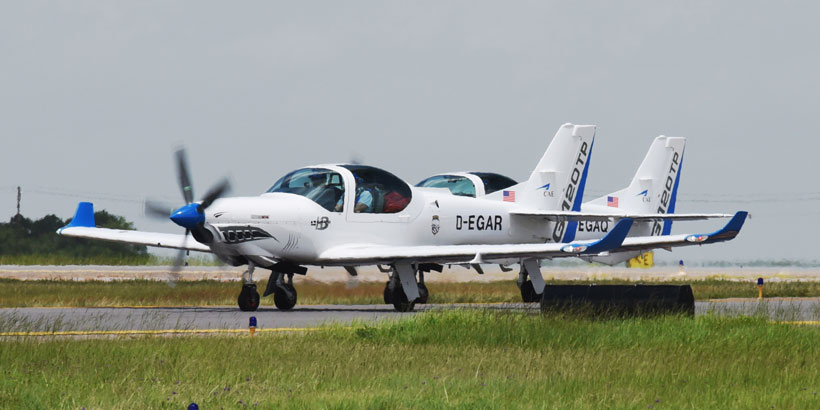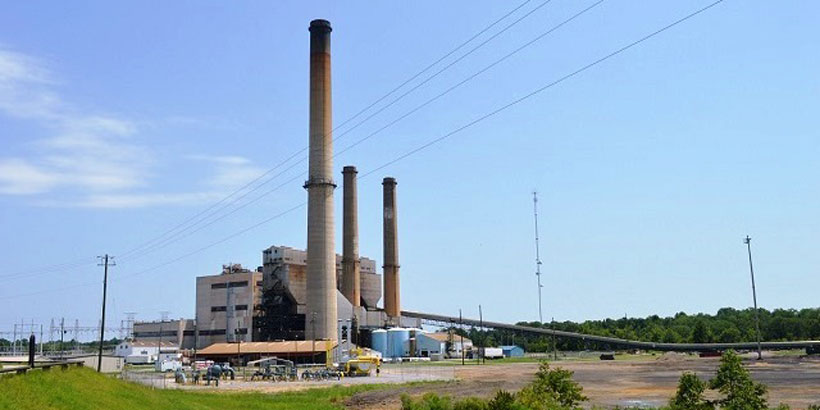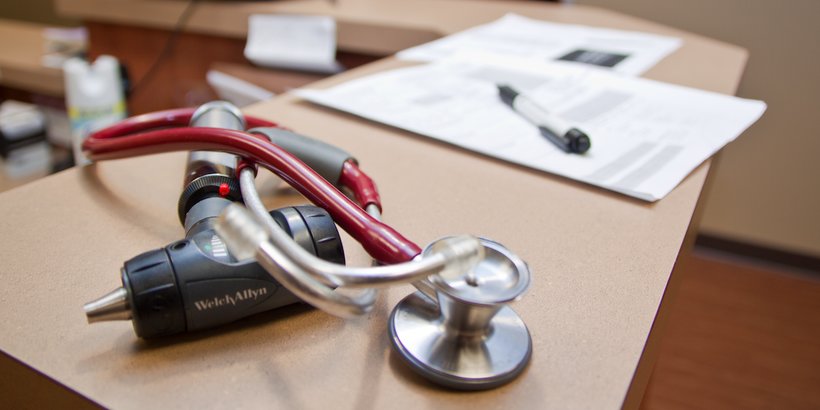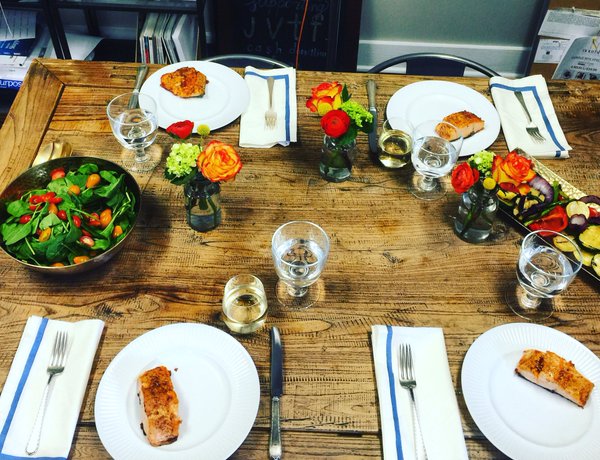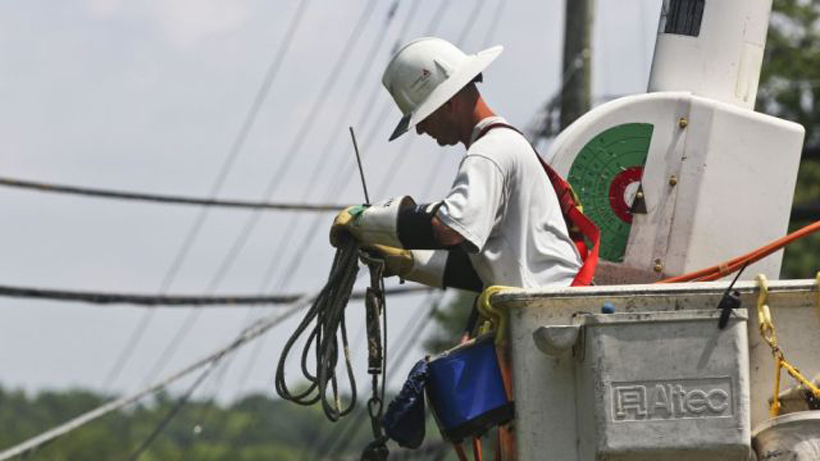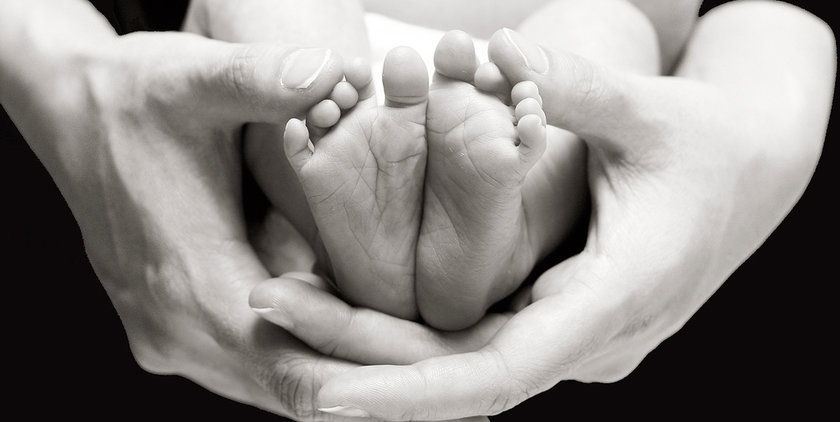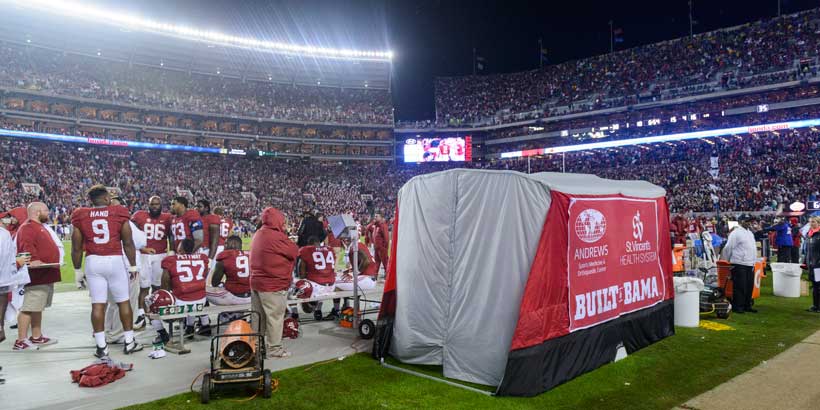
TUSCALOOSA, Ala. — The University of Alabama licensed the technology behind a collapsible sideline tent designed to give better medical care to athletes to a spin-off company that will develop, market, manufacture and distribute the tent.
Under an agreement between UA and Kinematic Sports LLC, the SidelinER, as it is now called, is available to be purchased by prep, collegiate and professional sports teams and has the potential for other applications such as emergency response.
The Office for Technology Transfer within the UA Office of the Vice President for Research and Economic Development assisted in protecting and promoting the intellectual property and in crafting the licensing agreement.
Founded and owned by three of the SidelinER’s original developers, Kinematic Sports has space in The Edge, a business incubator in downtown Tuscaloosa that is a joint project between UA, the city of Tuscaloosa and the Chamber of Commerce of West Alabama, as well as a web presence ready to take orders for the SidelinER.
“The University of Alabama is proud to partner with Kinematic Sports to bring an idea that began on campus into the marketplace,” said Dr. Rick Swatloski, director of the UA Office for Technology Transfer. “The SidelinER is representative of the atmosphere of innovation and entrepreneurship that exists among our students, faculty and staff. Continuing to let out students grow this technology into a full-fledged business was the only outcome we pursued.”
The SidelinER is the result of collaboration between Crimson Tide Athletics and UA’s College of Engineering.
A provisional patent has been filed for the innovative design developed by Jeff Allen, director of sports medicine at UA, and four senior mechanical engineering students. Jared Cassity and Patrick Powell, who worked on the tent along with two other students as a senior project in engineering before graduating in 2015, are part of Kinematic Sports, along with Allen.
Jared Porteous and Christian Parris are also included on the patent as co-inventors of the technology.
The tent can be set up within seconds on any sideline without blocking the view of fans watching the game. Most of the game, the tent is collapsed onto the ground, but if an injured player needs an evaluation by the medical staff, it quickly expands over the examination table.
The Crimson Tide football team used the tent at every game, home and away, except the first game of the 2016 season.
“It was a game changer for us in the type of care we could provide our students athletes, and it helped the team have a better season,” Allen said.
The biggest advantage the SidelinER offers is more privacy for student athletes and medical staff where injured players have been traditionally evaluated in view of fans, media and opposing teams.
“From a medical standpoint, everyone understands this is an issue on the sideline,” Allen said. “It’s not only a privacy issue, but it gives you a better place to do an evaluation. The SidelinER eliminated a lot of distractions.”
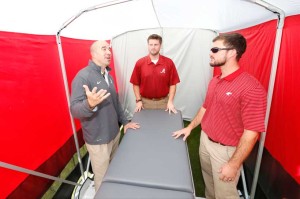
Most tents of this size, such as the commercially-available tailgate tents that dot the Quad on game days, take more than one person to raise, and setting up and taking down is a lengthy process. Commercially-available tents also require guidelines to secure them to the ground. The SidelinER, however, is portable and can be raised in less than 10 seconds.
Cassity and Powell have changed SidelinER since last football season as the one fabricated by the students was meant to be a prototype.
“We learned a lot of lessons from the first season from an engineering standpoint, and we have improved it to help those people who would be using it,” he said.
Improvements include a folding capability that reduces the size of the tent to make it more compact when collapsed, fitting into a duffle bag one person could carry, and using stronger materials, he said.
The SidelinER gained almost instant attention when introduced last season. Not only did the technology receive a lot of attention in mass media and social media, the sports medicine and training community were intrigued, too, Allen said. He often talked with medical staff from opposing teams during the season, and fielded scores of calls and emails, he said.
“I knew it would get people’s attention, but I have been surprised at how positive the reception of this product has been,” Allen said. “Other medical teams recognize the value of it, and our physicians were blown away by it.”
Cassity, who also earned a degree in operations management from UA in 2009, said Kinematic Sports will continue to partner with the University.
Three students from the Culverhouse College of Commerce Masters of Marketing Program – Liza Bollinger, Megan Whitten and Patrick Mitchell – under the guidance of marketing instructor Susan Fant worked as social media and marketing interns for the company this past semester.
Also, the company is working with Paula Robinson, an instructor of clothing, textiles and interior design in the UA College of Human and Environmental Sciences, and Chelsea Morris, a graduate student in that program, to improve the SidelinER. They are consulting on the design, fabrication and manufacturing as well as the patternwork, specifications and technical information needed to produce the cover for SidelinER.
In the fall, Cassity said there are plans for students from programs across Culverhouse to work with the company on logistics.
“The University could have just signed a royalty agreement with an outside company, but a decision was made to have something truly built by Bama,” Cassity said. “The University of Alabama is always going to be home to the SidelinER.”
Besides the opportunity to reach other collegiate football teams and outdoor sports, Cassity said they are hoping high schools will take advantage of SidelinER through sponsorships to help offset costs. The SidelinER can display company logos and branding, and Allen said they are talking with sports medicine firms and hospitals about taking advantage of that space to help the local teams they serve.
“Getting a SidelinER is better than a sign that goes on a fence around the field because money spent on this goes directly to better care for student athletes,” Allen said.
The SidelinER could also be used by first responders and medical staff in responding to emergencies or disasters where on-site care is needed, Cassity said.
Kinematic Sports has a website ready to take orders in time for the 2016 football season. Cassity and Powell will work with customers to a create a 3-D template of the tent to show placement of logos on the side, and a tent will take about six weeks to ship, Cassity said.
The University of Alabama, a student-centered research university, is experiencing significant growth in both enrollment and academic quality. This growth, which is positively impacting the campus and the state’s economy, is in keeping with UA’s vision to be the university of choice for the best and brightest students. UA, the state’s flagship university, is an academic community united in its commitment to enhancing the quality of life for all Alabamians.





